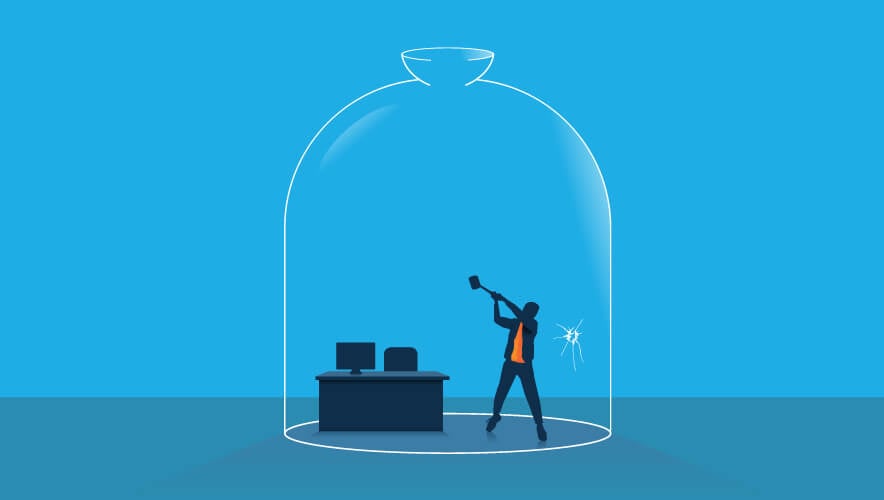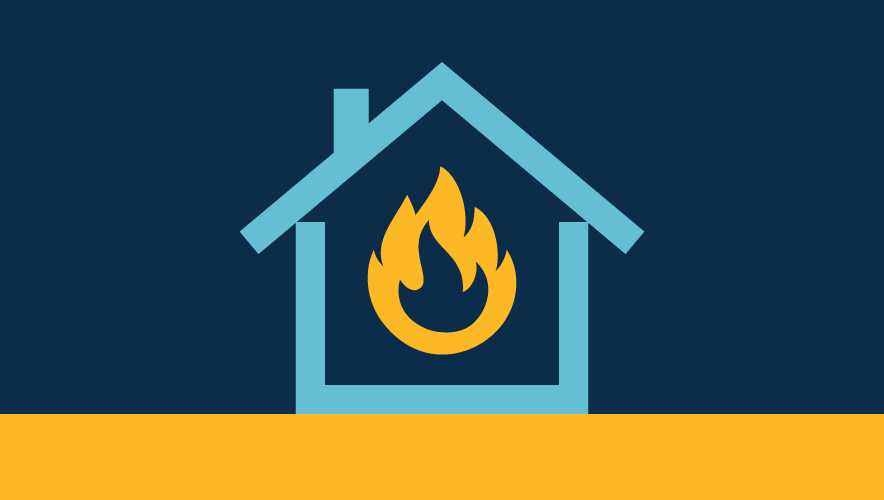Repackaging and Recapping: The Threats and Risks of Beverage Corruption
The beverage industry is facing a challenging consumer health problem in the form of repackaging and recapping.
In the clandestine world of beverage corruption, criminals take advantage of vulnerabilities in the supply chain to make extra profits. These criminal modalities are particularly prevalent in Colombia, Mexico, Nicaragua, and Brazil. Various investigations into criminal efforts in these regions offer insights into the negative impact these incidents have and the crucial countermeasures required to combat them.
For example, criminals are known to repackage family-size carbonated beverage bottles by pouring the original 3 to 3.3 liters into smaller, personal-size bottles. This practice yields eight to 12 personal bottles from a single family-size container, maximizing criminal financial gains at the expense of consumer safety.
Operational Details
The profitability of such criminal enterprises becomes apparent when considering the stark price difference between family-sized and personal bottles.
In Mexico, a 3-liter bottle has a retail value that ranges from $30 MXN to $50 MXN ($1.75-$2.90 USD), while a personal glass bottle has a sale price of $10 MXN to $15 MXN ($0.60 - $0.90 USD). Following the averages listed above, this means that while three 3-liter bottles would fetch $90-150 MXN ($5.25-8.80 USD), 24 personal bottles that fraudsters generate from the original three larger bottles result in a profit of $240-360 MXN ($14.00-21.00 USD). This results in a profit margin of approximately 65 percent.
To achieve these illicit profits, criminals use rudimentary tools to complete the repackaging and recapping process—tools such as rubber hammers, filthy bottle-cleaning apparatuses, and manual recapping machines. Often armed with stockpiles of personal-sized bottles, stamps, ink for altering expiration dates, and flattened caps sources from various channels, these illicit operations thrive on deception, secrecy, and subversion.
Modus Operandi
Investigators have found that there are three predominant methods criminals use to successfully source, produce, and sell fraudulent beverages—internal collusion, external criminal gangs, and former collaborators.
Instances involving internal collusion involve the formation of criminal networks within a legitimate company, with various complicit employees orchestrating one or more thefts and subsequently distributing the stolen products.
For example, a package of family-sized soda bottles is stolen from a company’s warehouse through an internal criminal network involving warehouse workers, forklift operators, operations managers, truck crews, and guards at truck access points. Truck drivers assist by diverting the stolen products to a covert warehouse, where other employees or associates unload and repackage the contents into personal-sized glass bottles. The repackaged items are then distributed to stores or buyers in the surrounding areas.
External criminal gangs feature actors that target small businesses, wholesale warehouses, or grocery stores to steal products to illicitly repackage and recap. These groups operate without developing an inside source, such as a store employee.
Investigations have also revealed instances where former employees—armed with insider knowledge of products, pricing, and market dynamics—orchestrate criminal activities that target beverage companies.
The Black Market Nexus
Illegally repackaged and recapped products have found their way to street food vendors, neighborhood grocery stores, food stalls, bars, nightclubs, and discotheques. The complicity of these establishments—often operating without stringent controls on the provenance of products—contributes to the thriving illegal beverage market. While counterfeiters can see a benefit in the high profit margins, these venues and their operators are drawn to using illicit products often due to the discount criminals offer when selling fraudulent drinks. These businesses might also be operating illegally and will use counterfeit beverages as cocktail mixers.
On many occasions, consumers do not detect the change in the flavor of a repackaged beverage when compared to the original. This consumption is usually accompanied by alcohol, which can easily confuse the consumer’s palate. On other occasions it is because the consumer is in a state of intoxication and will not detect any abnormal taste or loss of carbonation.
Counterfeit drinks present risks to consumers. The foremost risk stems from compromised product safety. Fraudulent or accidentally contaminated beverages can result in a mild upset stomach to severe poisoning, depending on how harmful the ingested substance is.
There are also risks to businesses, including brand and reputational damage, plus a drop in sales volume as illicit activity eats into market share. The decrease in sales volumes requires businesses to become vigilant in monitoring to identify black-market activities and safeguard market integrity.
Detecting and Combatting Threats
To counteract these criminal efforts, a multifaceted approach is essential. The following elements can help an organization identify, mitigate, and fight against counterfeiters’ work to carve illicit profits from the beverage sector.
Awareness and training. Managers must educate employees on the nuances of these crimes, as well as their implications. This knowledge can foster a collective commitment among staff to combatting corruption. Organizations should also collaborate with internal quality, legal, and commercial departments to identify discrepancies between legitimate and counterfeit products.
Stringent sanctions. Organizations should implement robust penalties for all people engaged in these illicit practices.
Collaboration with authorities. Companies should forge alliances with specialized authorities and law enforcement counterparts to help ensure effective detection, evidence collection, and successful prosecution of criminal actors. It is crucial that authorities are aware of the three main stages of fraud: detection of illicit warehouses and distribution methods, collection of evidence and classification of the crime, and correctly safeguarding the chain of custody while ensuring the successful capture of seized goods.
Quality laboratory involvement. If the company or its facility has access to one, it should engage a quality laboratory to conduct sample testing, preserving the chain of custody during investigations and establishing irrefutable evidence.
Active surveillance. Security operations can actively monitor delivery routes and public spaces for establishments and individuals engaged in illegal activities.
Collaborative work between companies is also essential in the fight. As professional security leaders, we share information, provide evidence, and safeguard the reputations of organizations. This generates results that ultimately translate into the reduction of criminal acts, reduction of negative impacts on the commercial activity of companies, and, most importantly, decreases the exposure to health risks of customers and the overall community.
By understanding the intricacies of criminal and black-market repackaging and recapping, and by implementing proactive measures and collaborative efforts, the beverage industry can fortify itself against the threats posed by criminal enterprises.
Diego Arevalo specializes in risk administration and property and executive security. With experience in corporate security operations in Mexico and other Latin American countries, Arevalo and his teams have implemented global security strategies, policies, regulations, and processes that align with businesses' strategic objectives. Arevalo has more than 23 years of security experience, and he previously worked for Coca Cola FEMSA.









